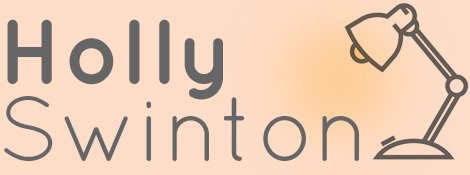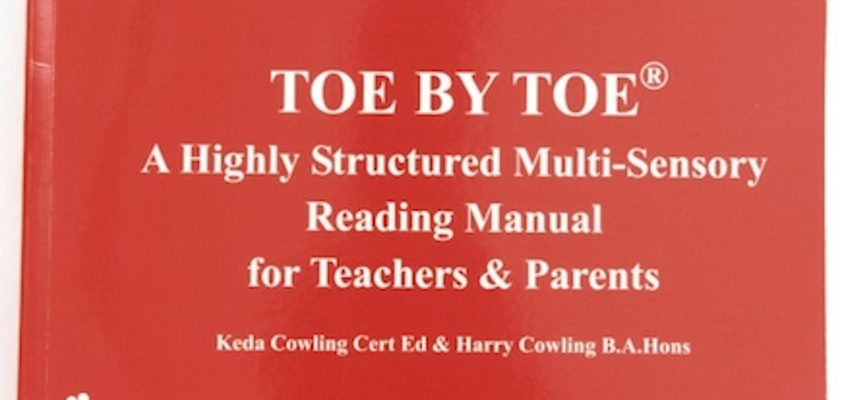Dyslexics initially struggle to use their upper “sounding out” circuit and so they often just stop using it. But when we are learning to read we need to use it. Children simply haven’t come across all of the 40,000 words yet that they will one day know.
What happens if they don’t develop these foundations?
If they don’t get taught to make the links and sound out new words, then their reading age tends to stall at about that of an 11-year-old. That’s enough to read the average tabloid, but isn’t really accurate enough for them to read exam questions accurately and isn’t effortless enough for them to love reading. Click here to roughly check their reading age or their reading level.
So surely we just make them read more?
More guessy reading isn’t the answer if they can’t decode well yet. Practice makes permanent, not perfect. If you want to see the height of the finished building, look how deep the foundations are. Only once they have those strong foundations is reading more books the answer.
What if we focus on their strengths?
A controversial solution is reading programmes that decide not to fill in the foundations and just strengthen further the already strong lower (sight word) reading circuit. To me, this feels like not fixing the broken leg, but making someone really good at hopping. It can work, but is it the right solution? My beef with this is that we need to know tens of thousands of words and 90% of those words follow the rules. So, if you strengthen the foundations then you can shortcut this process learning them in groups (e.g. age, wage, page, cage, sage, stage, rage etc.) You aren’t left with learning tens of thousands of words visually one by one.
How do you know if they’ve got good foundations?
Readers with secure foundations have the ability to read a word they’ve never seen because they’ve cracked the code e.g. they can read archaic words like bodkin (meaning a dagger), clew (a ball of thread) or darbies (handcuffs).
Accuracy tends to be what a dyslexic needs teaching, luckily it’s normally pretty straight forward, but tends to get abandoned from junior school onwards. If they weren’t ready, when they were aged 4,5 and 6, they need this key building block re-laying. The freely available Year One Phonics Screening checks is a simple way to check their decoding, in my opinion, they should be getting all 40/40 if they are aged 7+.
So how do we give them strong foundations?
If your child isn’t lucky enough to be able to have tutoring to make it fun, then a targeted 15 mins a day should be transformational. I would recommend:
1) 5 mins a day of a super boring reading programme called Toe By Toe. This is deadly dull but very effective. It trains a reader to split up words, read exactly what is there and develop that upper reading circuit. After this, you could develop fluency with Stride Ahead (minus the comprehension questions)
2) 10 mins a day of touch typing using TTRS Meanwhile, help them to love books again via low-cost audiobooks from Listening Books or Young Calibre
Amazingly, brain scans show different brain regions suddenly lighting up after people have done this kind of targeted work developing this skill!
Other activities that will speed this process up:
– Games to boost their phonological awareness (e.g. I hear with my little ear something that rhymes with….)
– Hangman to get them to sound out words (tell them the word and they guess the letters) or get them to be the grandmaster and draw it out and fill it in, whilst someone else guesses.
– Recapping the phonic patterns using an app like Mr Thorne’s Phonic Flashcards, Forest Phonics or Montessori Crosswords
– Link the phonic sounds to words around the house or make some flashcards (e.g. oy = toy. ea = Dead Sea (ea makes 2 sounds e or ee)
– Try Word Shark or Nessy
– Get/make/download some board games or card games
– Focus on word endings (suffixes) to help them use morphology
– Get an ACE spelling dictionary (I like the old, tatty, second-hand blue ones)
– Try phonic reading books
– Split up key vocab words (syllabification, phonics, prefixes etc.) and draw attention to the phonic patterns within these new vocabulary words (e.g. Egyptian – soft g making a “j”, y making an “i”, tian making “shun”).
Plus have a quick look at their visual processing.



Leave a Reply